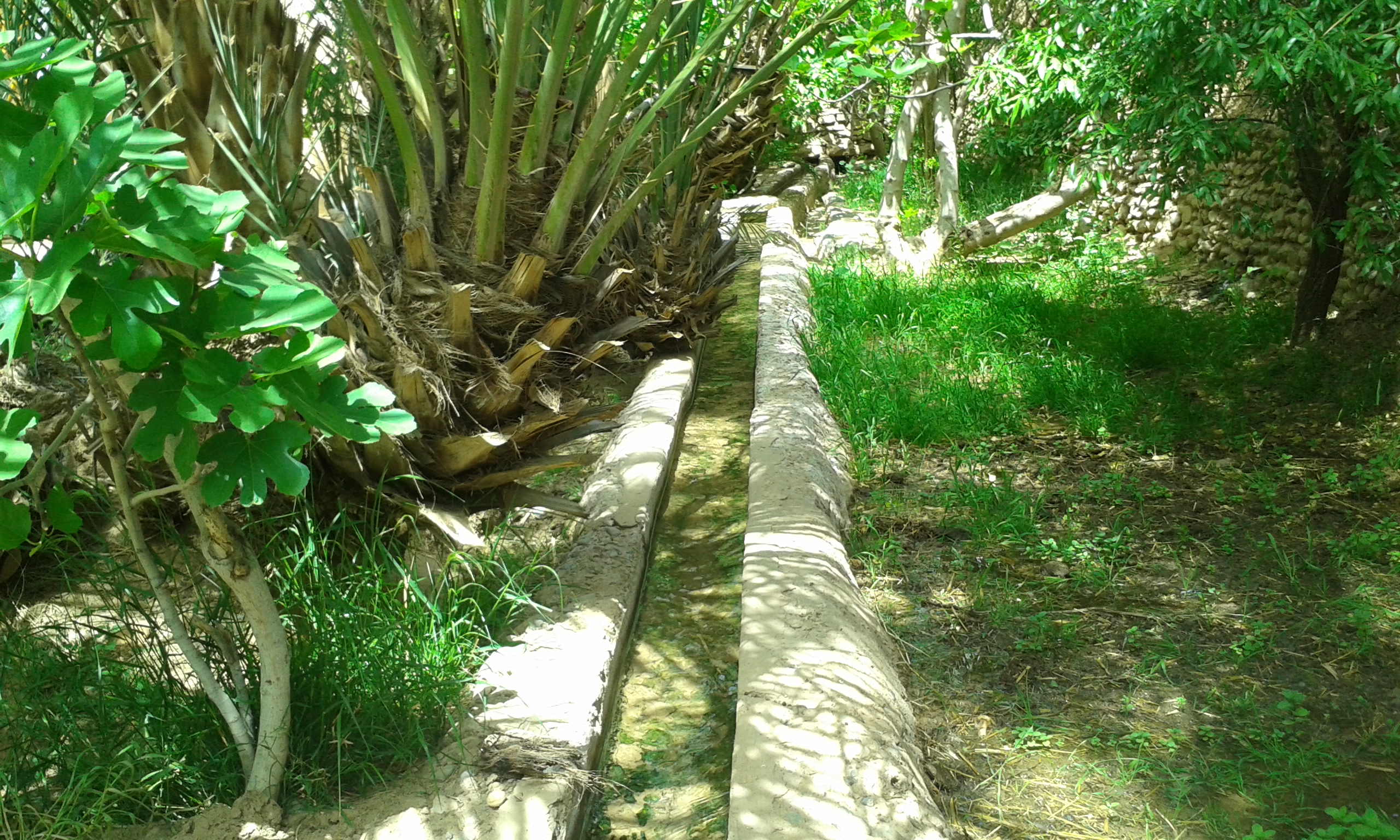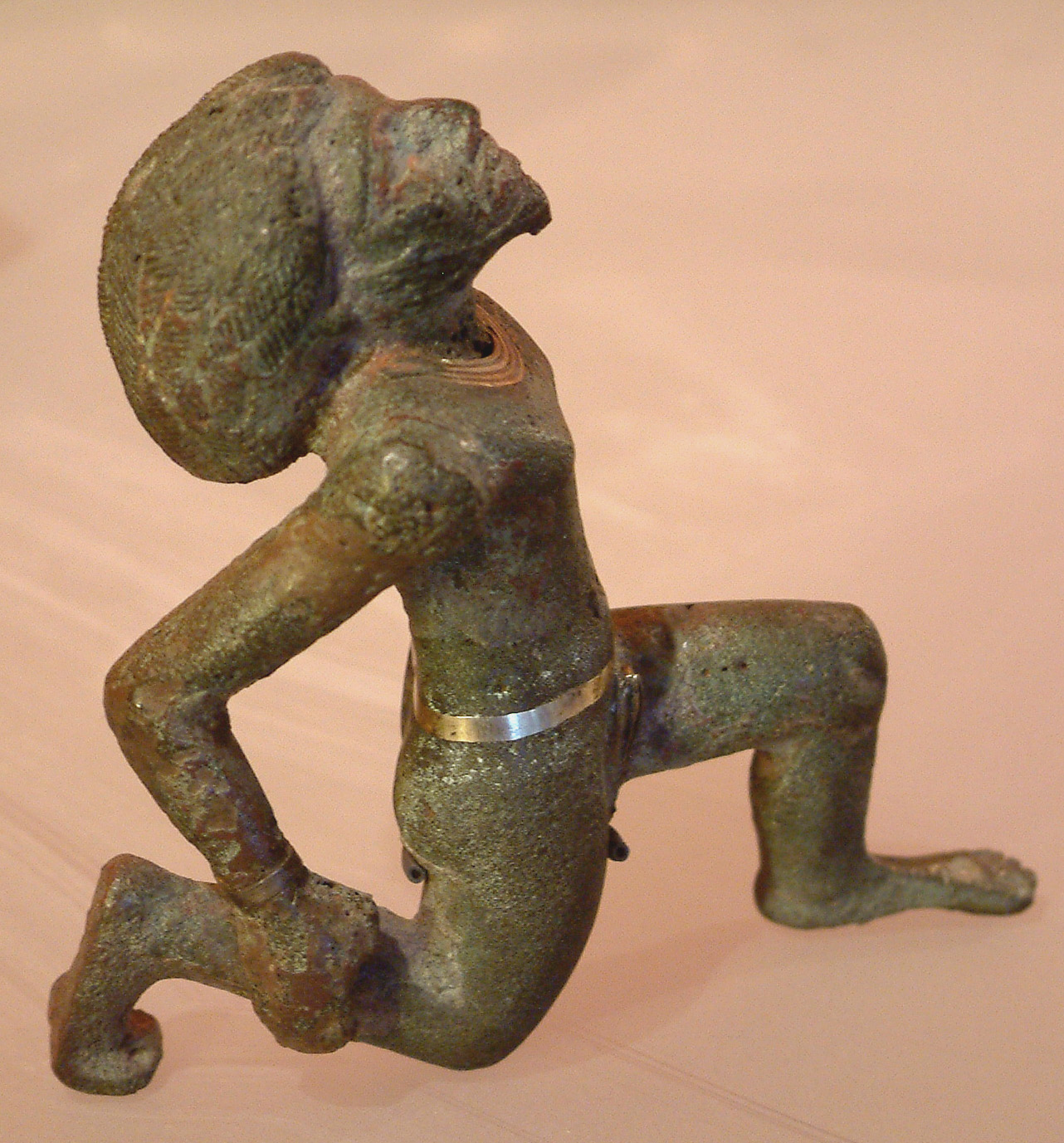|
Ksar
Ksar or qṣar (), in plural ksour or qsour (), is a type of fortified village in North Africa, usually found in the regions predominantly or traditionally inhabited by Berbers (Amazigh). The equivalent Berber languages, Berber term used is ' (singular) or (plural). Etymology The Arabic ''qaṣr'' () was probably borrowed from the Latin word . Architecture Ksour in the Maghreb typically consist of attached houses, often having a Fortified Granaries of Aures, fortified communal granary like those in Algeria, or the ghorfa and agadir (granary), agadir types known in Tunisia and Morocco respectively, beside other structures like a mosque, hammam, oven, and shops. Ksur or igherman are widespread among the oasis populations of North Africa. Ksars are sometimes situated in mountain locations to make defense easier; they often are entirely within a single, continuous wall. The building material of the entire structure usually is adobe, or cut stone and adobe. The idea of the ks ... [...More Info...] [...Related Items...] OR: [Wikipedia] [Google] [Baidu] |
List Of Ksour In Tunisia
The list of ksars (Arabic: ''ksour'') in Tunisia is established by Herbert Popp and Abdelfettah Kassah and published in their book ''Les ksour du Sud tunisien : atlas illustré d'un patrimoine culturel'' in 2010. It lists 92 ksour, i.e. almost all of the country's buildings – distributed between the governorates of Medenine Governorate, Medenine and Tataouine Governorate, Tataouine over an area between Koutine to the north, Ksar Zorgane to the east, Remada to the south and Beni Khedache to the west – except for a few isolated works such as Ksar Sidi Makhlouf, Ksar Morra or Ksar Dhehibat.. Medenine Governorate Beni Khedache Delegation Medenine Nord Delegation Tataouine Governorate Bir Lahmar Delegation Ghomrassen Delegation Smar Delegation Tataouine Nord Delegation Tataouine Sud Delegation References Bibliography * {{Portal, architecture Ksars in Tunisia, * ... [...More Info...] [...Related Items...] OR: [Wikipedia] [Google] [Baidu] |
Oasis
In ecology, an oasis (; : oases ) is a fertile area of a desert or semi-desert environmentBattesti, Vincent (2005) Jardins au désert: Évolution des pratiques et savoirs oasiens: Jérid tunisien. Paris: IRD éditions. . that sustains plant life and provides habitat for animals. Surface water may be present, or water may only be accessible from wells or underground channels created by humans. In geography, an oasis may be a current or past rest stop on a transportation route, or less-than-verdant location that nonetheless provides access to underground water through deep wells created and maintained by humans. Although they depend on a natural condition, such as the presence of water that may be stored in reservoirs and us ... [...More Info...] [...Related Items...] OR: [Wikipedia] [Google] [Baidu] |
Ghorfa
A ghorfa () is a type of communal granary found mainly in southern Tunisia. Similar structures are also found in northeastern Libya. They are associated in particular with Berber settlements in these regions. They consist of a collection of vaulted rooms built in rows and stacked in multiple stories organized around an internal courtyard. Terminology The Arabic word ''ghorfa'' () refers in a more narrow sense to the individual rooms of the granary. The granary as a whole can also be known as a ''ksar'' (plur. ''ksour''), the term used for fortified villages in the region. Some similar fortified granaries in Tunisia are referred to by the term '' kasbah''. Historical background The formation of the collective granaries in southern Tunisia and the Nafusa Mountains of Libya can be attributed generally to the 14th century. In more recent centuries, the number of ksour in southern Tunisia increased as local lifestyles became more uniform. At one time, some 6000 ghorfas existed i ... [...More Info...] [...Related Items...] OR: [Wikipedia] [Google] [Baidu] |
Ksar Timimoun
Ksar or qṣar (), in plural ksour or qsour (), is a type of fortified village in North Africa, usually found in the regions predominantly or traditionally inhabited by Berbers (Amazigh). The equivalent Berber languages, Berber term used is ' (singular) or (plural). Etymology The Arabic ''qaṣr'' () was probably borrowed from the Latin word . Architecture Ksour in the Maghreb typically consist of attached houses, often having a Fortified Granaries of Aures, fortified communal granary like those in Algeria, or the ghorfa and agadir (granary), agadir types known in Tunisia and Morocco respectively, beside other structures like a mosque, hammam, oven, and shops. Ksur or igherman are widespread among the oasis populations of North Africa. Ksars are sometimes situated in mountain locations to make defense easier; they often are entirely within a single, continuous wall. The building material of the entire structure usually is adobe, or cut stone and adobe. The idea of the ks ... [...More Info...] [...Related Items...] OR: [Wikipedia] [Google] [Baidu] |
Berber Architecture
Berbers, or the Berber peoples, also known as Amazigh or Imazighen, are a diverse grouping of distinct ethnic groups indigenous to North Africa who predate the arrival of Arabs in the Maghreb. Their main connections are identified by their usage of Berber languages, most of them mutually unintelligible, which are part of the Afroasiatic language family. They are indigenous to the Maghreb region of North Africa, where they live in scattered communities across parts of Morocco, Algeria, Libya, and to a lesser extent Tunisia, Mauritania, northern Mali and northern Niger. Smaller Berber communities are also found in Burkina Faso and Egypt's Siwa Oasis. Descended from Stone Age tribes of North Africa, accounts of the Imazighen were first mentioned in Ancient Egyptian writings. From about 2000 BC, Berber languages spread westward from the Nile Valley across the northern Sahara into the Maghreb. A series of Berber peoples such as the Mauri, Masaesyli, Massyli, Musulamii, Gaetuli, ... [...More Info...] [...Related Items...] OR: [Wikipedia] [Google] [Baidu] |
Berbers
Berbers, or the Berber peoples, also known as Amazigh or Imazighen, are a diverse grouping of distinct ethnic groups indigenous to North Africa who predate the arrival of Arab migrations to the Maghreb, Arabs in the Maghreb. Their main connections are identified by their usage of Berber languages, most of them mutually unintelligible, which are part of the Afroasiatic languages, Afroasiatic language family. They are indigenous peoples, indigenous to the Maghreb region of North Africa, where they live in scattered communities across parts of Morocco, Algeria, Libya, and to a lesser extent Tunisia, Mauritania, northern Mali and northern Niger. Smaller Berber communities are also found in Burkina Faso and Egypt's Siwa Oasis. Descended from Stone Age tribes of North Africa, accounts of the Imazighen were first mentioned in Egyptian hieroglyphs, Ancient Egyptian writings. From about 2000 BC, Berber languages spread westward from the Nile, Nile Valley across the northern Sahara int ... [...More Info...] [...Related Items...] OR: [Wikipedia] [Google] [Baidu] |
Agadir (granary)
An ''agadir'' (, plural: ''igudar'' or ''iguidar'', "the wall" or "the fortified compound") is a fortified communal granary found in the Maghreb. In Morocco, ''agadir''s are most commonly found in the regions of the High Atlas, the Anti-Atlas mountains, and the Draa Valley. Some of them date back to the 10th century. Fortified granaries are also common in southern Tunisia, where they are referred to as a ''kasbah'' or, in the case of another type, as a '' ghorfa''. In Algeria, they were once common in the Aurès Mountains, where they were known as a '' gal'a'', but these were in the process of disappearing by the late 20th century. Name The term ''agadir'' is Amazigh, borrowed from , meaning "wall", "compound", or (by metonymy) "stronghold"."Phoenician and Punic Inscriptions"p. 141 ''Journal of the Royal Asiatic Society of Great Britain and Ireland''. Accessed 24 July 2013. The word ''agadir'' is common in North African place names, such as Agadir, Morocco, and the cities C ... [...More Info...] [...Related Items...] OR: [Wikipedia] [Google] [Baidu] |
Ribat
A ribāṭ (; hospice, hostel, base or retreat) is an Arabic term, initially designating a small fortification built along a frontier during the first years of the Muslim conquest of the Maghreb to house military volunteers, called ''murabitun'', and shortly after they also appeared along the Byzantine frontier, where they attracted converts from Greater Khorasan, an area that would become known as al-ʻAwāṣim in the ninth century CE. The ''ribat'' fortifications later served to protect commercial routes, as caravanserais, and as centers for isolated Muslim communities as well as serving as places of piety. Islamic meaning Historical meaning The word ''ribat'' in its abstract refers to voluntary defense of Islam, which is why ribats were originally used to house those who fought to defend Islam in jihad. They can also be referred to by other names such as ''khanqah'', most commonly used in Iran, and ''tekke'', most commonly used in Turkey. Classically, ribat referred to t ... [...More Info...] [...Related Items...] OR: [Wikipedia] [Google] [Baidu] |
Sahara
The Sahara (, ) is a desert spanning across North Africa. With an area of , it is the largest hot desert in the world and the list of deserts by area, third-largest desert overall, smaller only than the deserts of Antarctica and the northern Arctic. The name "Sahara" is derived from , a broken plural form of ( ), meaning "desert". The desert covers much of North Africa, excluding the fertile region on the Mediterranean Sea coast, the Atlas Mountains of the Maghreb, and the Nile, Nile Valley in Egypt and the Sudan. It stretches from the Red Sea in the east and the Mediterranean in the north to the Atlantic Ocean in the west, where the landscape gradually changes from desert to coastal plains. To the south it is bounded by the Sahel, a belt of Tropical and subtropical grasslands, savannas, and shrublands, semi-arid tropical savanna around the Niger River valley and the Sudan (region), Sudan region of sub-Saharan Africa. The Sahara can be divided into several regions, including ... [...More Info...] [...Related Items...] OR: [Wikipedia] [Google] [Baidu] |
Fortifications By Type
A fortification (also called a fort, fortress, fastness, or stronghold) is a military construction designed for the defense of territories in warfare, and is used to establish rule in a region during peacetime. The term is derived from Latin ("strong") and ("to make"). From very early history to modern times, defensive walls have often been necessary for cities to survive in an ever-changing world of invasion and conquest. Some settlements in the Indus Valley Civilization were the first small cities to be fortified. In ancient Greece, large cyclopean stone walls fitted without mortar had been built in Mycenaean Greece, such as the ancient site of Mycenae. A Greek ''Towns of ancient Greece#Military settlements, phrourion'' was a fortified collection of buildings used as a military garrison, and is the equivalent of the ancient Roman, Roman castellum or fortress. These constructions mainly served the purpose of a watch tower, to guard certain roads, passes, and borders. Th ... [...More Info...] [...Related Items...] OR: [Wikipedia] [Google] [Baidu] |





